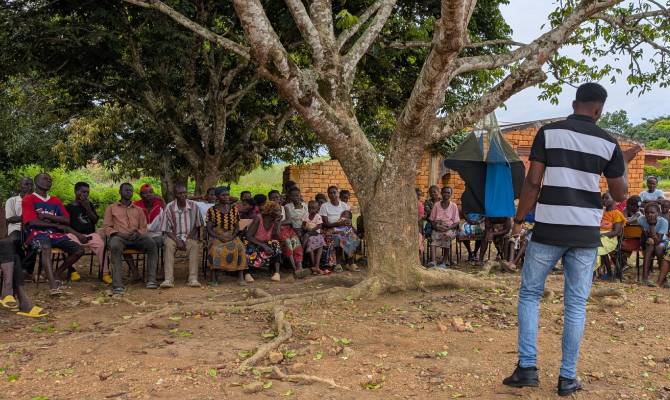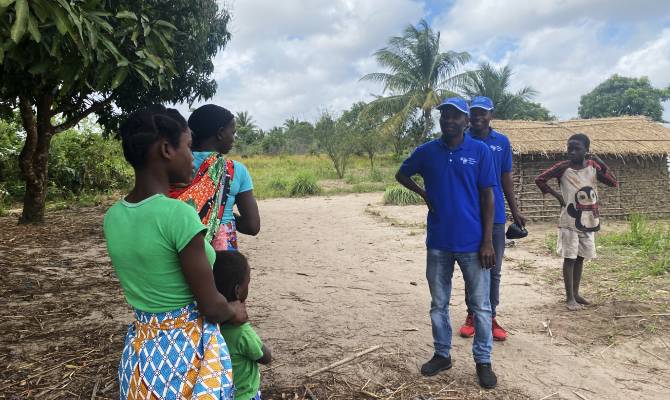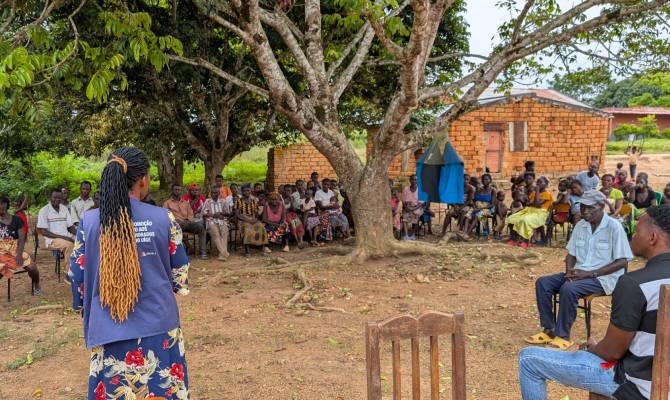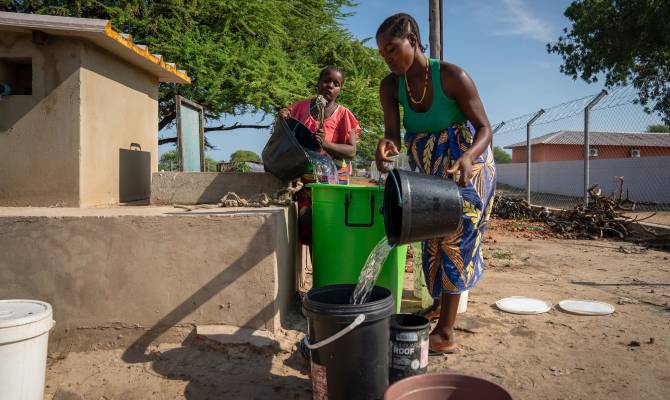Bridging the gap between healthcare providers and communities ain’t easy, particularly in underserved or remote areas. That’s why working with trusted members is paramount and can lead to more effective and sustainable outcomes.
Community health workers – CHWs act as trusted members of their communities, facilitating access to healthcare services, providing health education, and addressing social determinants of health. They receive a lower level of formal education and training than professional health workers such as doctors and nurses, yet they are equally important in ensuring that the most vulnerable and marginalized populations have access to basic health services.
Recognized by the World Health Organization (WHO) in 1989, CHWs have a key role in health promotion, and their integration into multidisciplinary teams dedicated to health is currently being highly encouraged by WHO itself.
Community Health Workers can be men or women, young or old, from any class and social status, literate or not. What truly matters—and what makes them so important in carrying out many health-related activities—is their integration into and acceptance by the community they serve. Cultural ties, language understanding, and proximity to the people they work with allow CHWs to gain vital trust—an essential element for building that bridge between the community and the health system, which is often neglected to people living in rural and underserved areas.
The importance of CHWs’ work is even greater in light of the shortage of qualified health professionals in sub-Saharan Africa. CHWs are often the first point of contact with the most isolated communities in the most difficult-to-reach regions, where the vast majority of the population currently lives.

CHWs in CUAMM’s Interventions
CHWs have always played a crucial role in Cuamm’s interventions, and their work is complementary to that of professional health workers such as doctors, nurses, and midwives. CHWs provide a recognized and integrated service in a wide range of activities, including vaccination campaigns and screenings, as well as preventive interventions—particularly in maternal and child health, infectious diseases, and chronic illnesses.
CUAMM’s strategy has always included CHWs who play a key role in health activities such as pediatric vaccination campaigns and follow-ups for antiretroviral therapies, epidemic prevention and control, and nutritional screenings.
We use the term CHWs to refer to a broad range of figures including village health workers, traditional midwives, village chiefs, health agents, and community health promoters.
“The communities we serve lack many essential services. Our job is to check on people living in the hardest-to-reach and underserved areas. We carry out awareness-raising activities, promote good health practices, and it’s also our responsibility to inform them about upcoming mobile health clinics so they can get their children vaccinated.” Josè e Favores, Mozambique

In most cases, these workers are selected in collaboration with the community itself and with local health system representatives, to ensure the acceptance that is key for the intervention’s success. They then receive basic training in our areas of focus, which include maternal and child health, infectious and chronic diseases, and nutrition. With the competencies provided, they can effectively work within the communities, identify risk factors, and make early diagnoses. In some cases, they can intervene directly; in others, they refer people to the nearest health facility and make sure that they receive the care needed.
“Working as a CHW I constantly learn more about my own community. I learn how to talk to them, how to build and nurture trust and by doing so I receive much satisfaction because I know we are growing together” Graça Faustino, Angola.
To effectively contribute to the success of the programs they are part of, CHWs require continuous training and adequate support both in terms of knowledge and equipment which is why CUAMM provides CHWs with tailored informative and educational materials and technological support: with mobile phones, CHWs can connect with village chiefs, district health authorities, and health professionals in health centers, thus creating a network that fosters collaboration at multiple levels.





